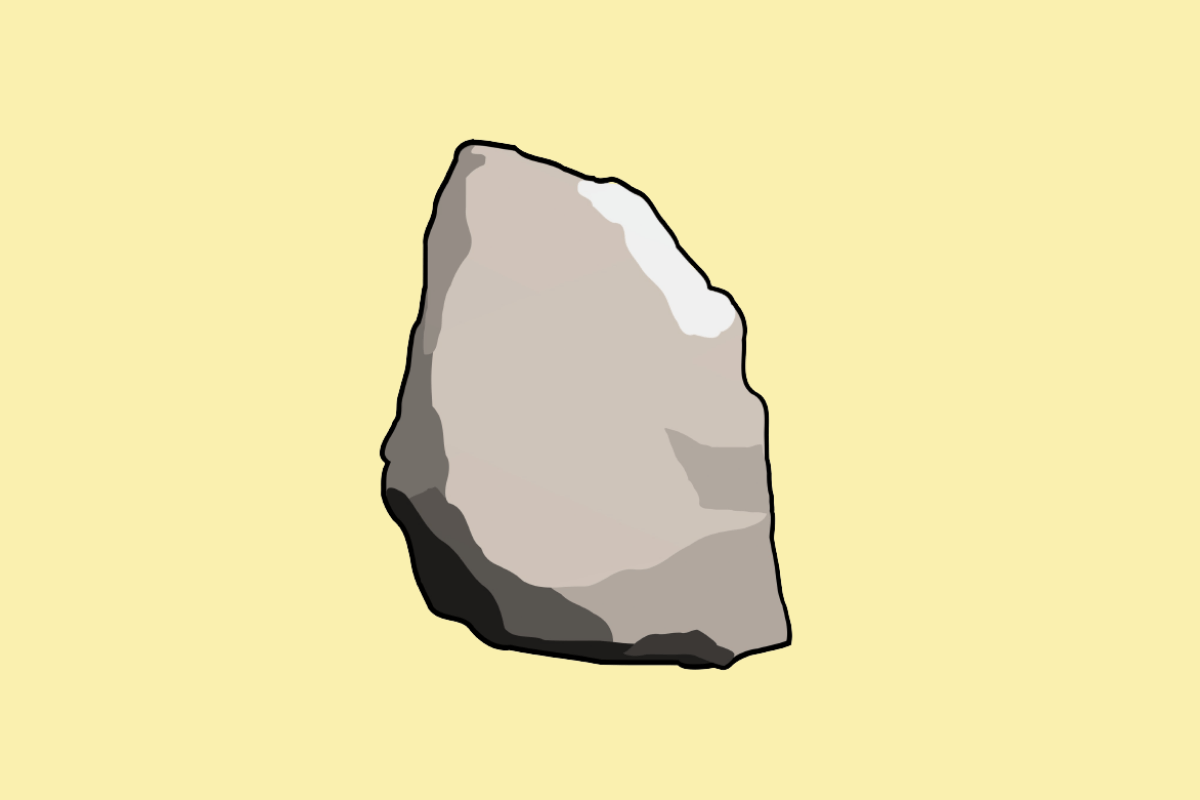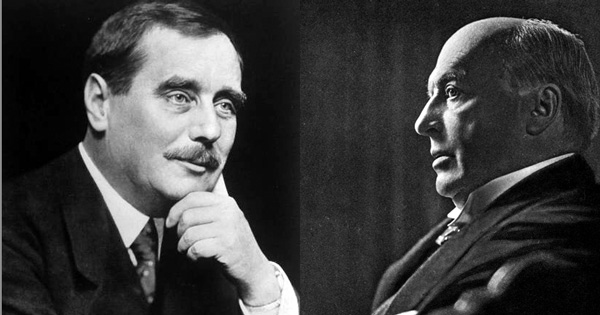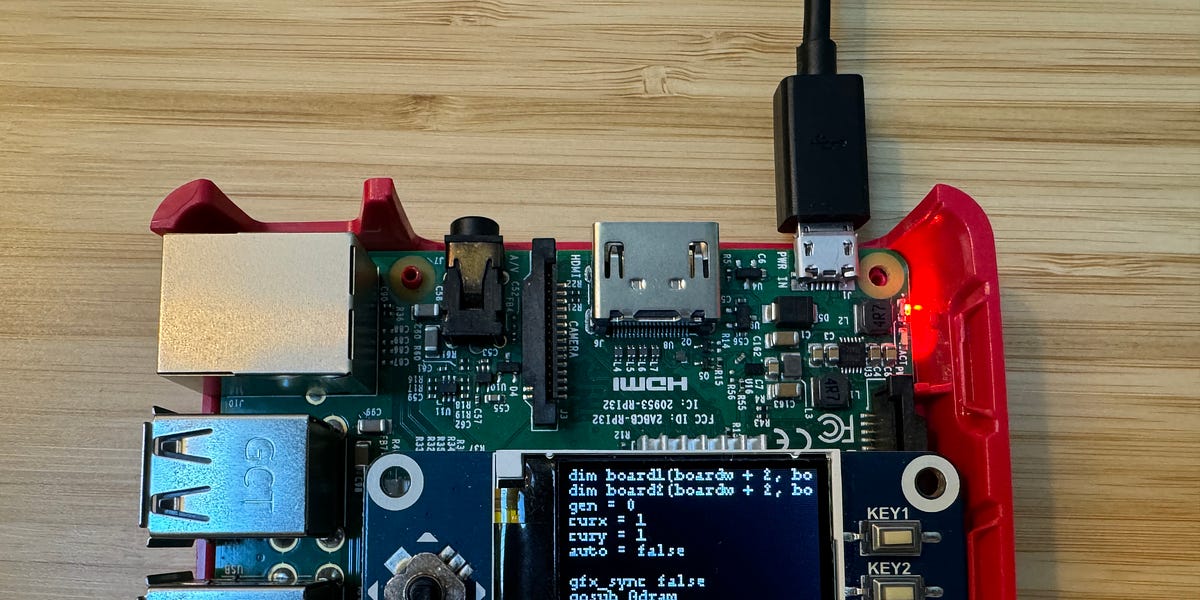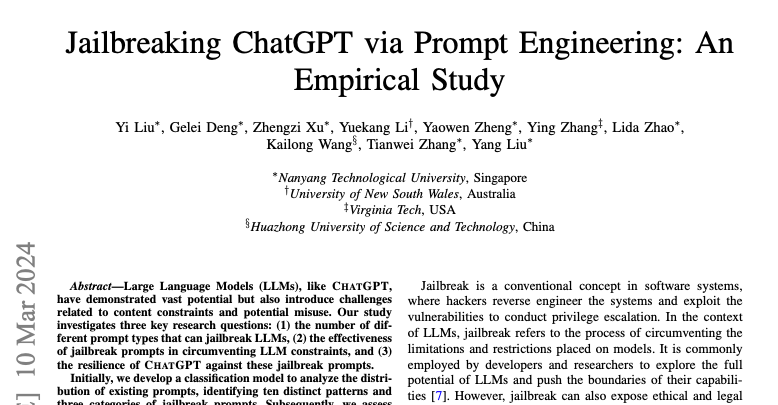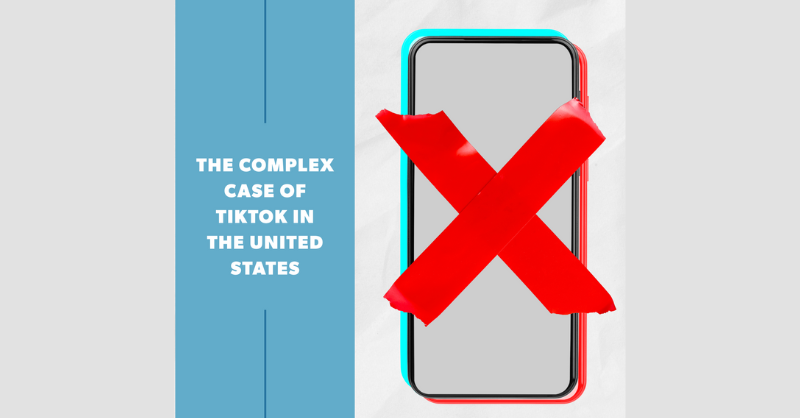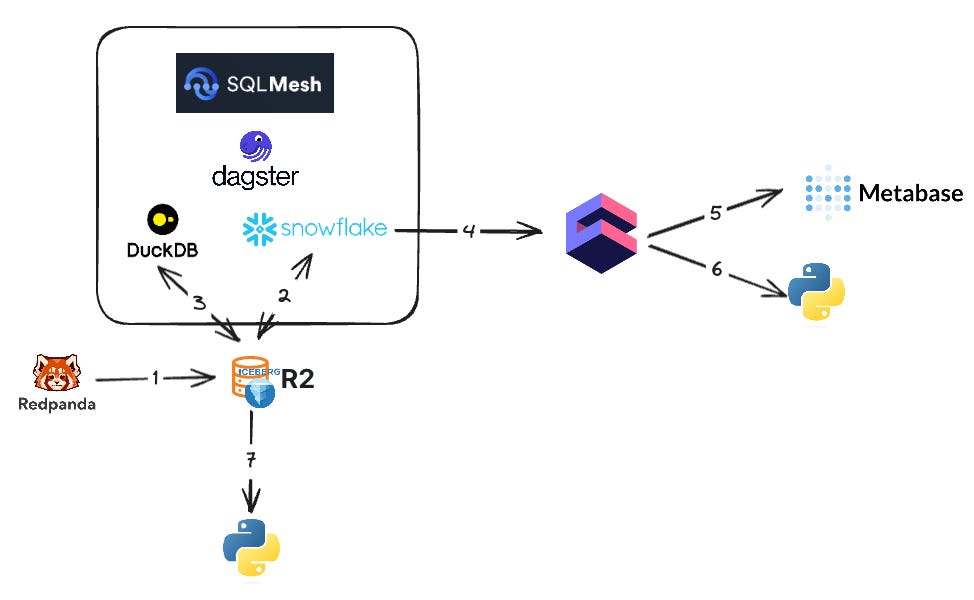
Intangible Value
Value investing has struggled over the past decade. We believe this is due to its failure to incorporate intangible assets, which play an increasingly crucial role in the modern economy. We consolidate our prior research to construct a firm-level measure of intangible value. We find that expanding intrinsic value to include intangibles can help restore value investing to its former glory.
The building chorus of investors singing of the “death of value” has reached a crescendo. They claim value investors have lost the plot, dogmatically clinging to dying businesses as the world passes them by. Few are listening to the faint objections of value investors, buried in the depths of a thirteen-year drawdown.
We have spent a lot of time thinking about the future of value investing. Ultimately, while we do not believe value is dead - Ben Graham’s framework of buying stocks below intrinsic value is both timeless and sensible - we do believe that his metrics for intrinsic value need to be updated.
Graham established the principles of value investing in the days of railroads and steel mills, when intrinsic value was almost fully tangible. However, over the past century, the economy has transformed from industrial to information- based. Today’s dominant firms build moats using not physical but intangible assets, such as intellectual property, brand equity, human capital, and network effects.




